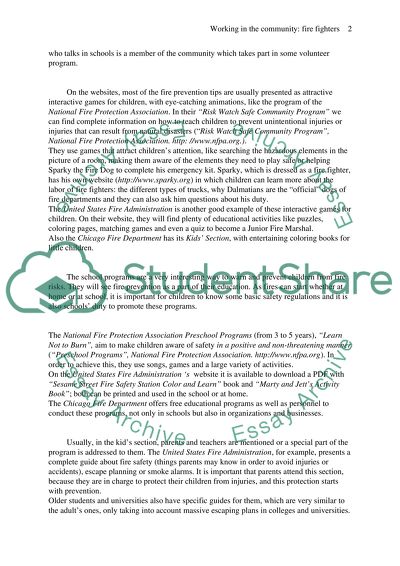Cite this document
(“Working in the community (fire figthers.) Essay”, n.d.)
Working in the community (fire figthers.) Essay. Retrieved from https://studentshare.org/miscellaneous/1529999-working-in-the-community-fire-figthers
Working in the community (fire figthers.) Essay. Retrieved from https://studentshare.org/miscellaneous/1529999-working-in-the-community-fire-figthers
(Working in the Community (fire figthers.) Essay)
Working in the Community (fire figthers.) Essay. https://studentshare.org/miscellaneous/1529999-working-in-the-community-fire-figthers.
Working in the Community (fire figthers.) Essay. https://studentshare.org/miscellaneous/1529999-working-in-the-community-fire-figthers.
“Working in the Community (fire figthers.) Essay”, n.d. https://studentshare.org/miscellaneous/1529999-working-in-the-community-fire-figthers.


